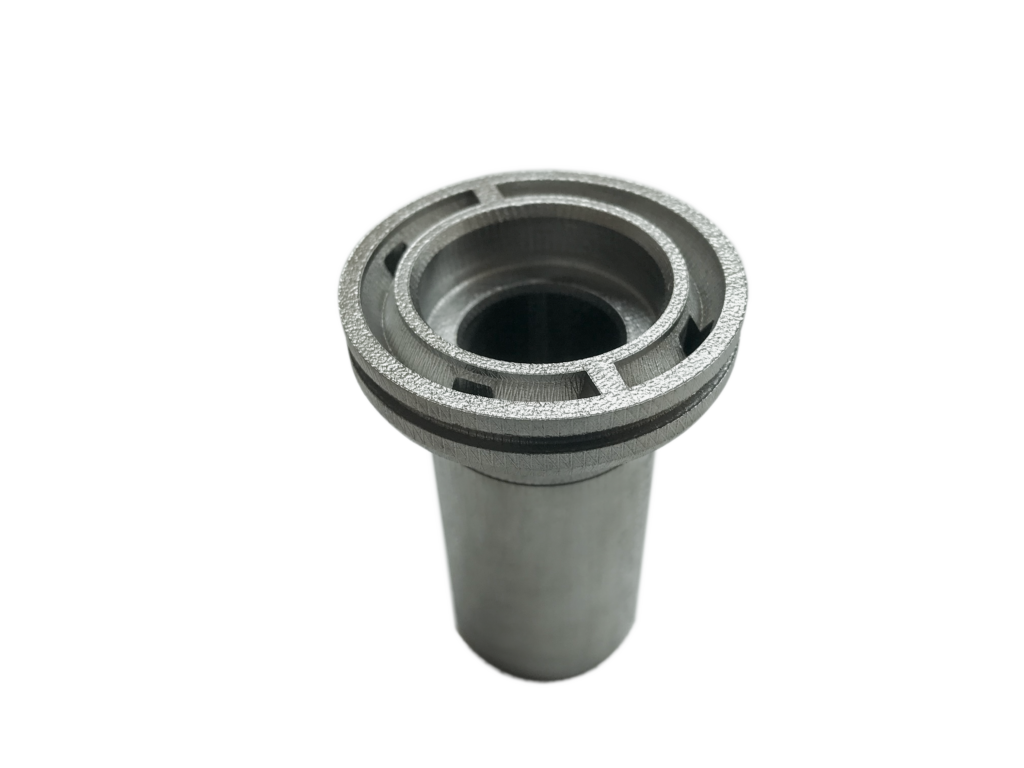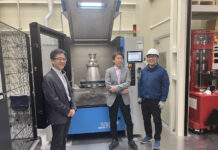Heraeus AMLOY andTRUMPF are currently collaborating together to open door to new applications for 3D printing of amorphous metals. Both companies aim at establishing additive manufacturing of these materials as a standard production method on the shop floor by improving process and cost efficiencies.
As part of this collaboration, Heraeus AMLOY brings its expertise in the production and processing of amorphous metals while TRUMPF brings its expertise of additive manufacturing systems manufacturer.
What is an amorphous metal?
Known as metallic glasses, their alloys combine a number of features such as high tensile strength and excellent resistance to harmful corrosion that surpass regular metals.
“3D printing of amorphous components in industry is still in its infancy. This new collaboration will help us speed up printing processes and improve surface quality, ultimately cutting costs for customers. This will make the technology more suitable for a wider range of applications, some of which will be completely new,” says Jürgen Wachter, head of the Heraeus AMLOY business unit.

Amorphous metals are formed by cooling molten metal extremely quickly. Leveraging them in an AM machine leads to the production of complex parts. A great advantage of exploiting these materials is the possibility to achieve lightweight design, as seen on watches or cell phone covers for instance.
Furthermore, the advantage of leveraging AM with these metals rather than another production method is the technology ability to build structures that actually help a part fulfil its function, so material use and weight are kept to a minimum, not to mention the possibility to fabricate components in one piece.
Indeed, reality shows that amorphous metals are very light by nature, so the combination of 3D printing and amorphous metals can reduce weight in all sorts of applications.
“Amorphous metals hold potential for numerous industries. For example, they can be used in medical devices – one of the most important industries for additive manufacturing. That’s why we believe this collaboration is such a great opportunity to make even more inroads into this key market with our industrial 3D printing systems,” says Klaus Parey, managing director TRUMPF Additive Manufacturing.
Both teams succeed in optimizing Heraeus AMLOY amorphous alloys for 3D printing with TRUMPF’s TruPrint systems. The tests show that the latest-generation TruPrint 2000 machine is a particularly good candidate for printing amorphous metals.
Remember, you can post free of charge job opportunities in the AM Industry on 3D ADEPT Media or look for a job via our job board. Make sure to follow us on our social networks and subscribe to our weekly newsletter : Facebook, Twitter, LinkedIn & Instagram ! If you want to be featured in the next issue of our digital magazine or if you hear a story that needs to be heard, make sure to send it to contact@3dadept.com






